If you’ve ever heard someone refer to a watch as a work of art, you might have wondered what they were talking about. It is certainly true that art can exist in many forms within this industry, but in some ways, it can be more subtly present than in others.
Traditional arts like micro-painting, enameling, or jewel setting, for example, have no place in a rugged tool watch like the Praesidus A-11, and yet the A-11 is not devoid of art. In fact, it is the perfect example of the artistry of application in its employment of high-grade Swiss Super-LumiNova for the indexes and hands. This enables the watch to remain legible in low-light conditions and even in complete darkness.
Given how impressive the night-time glow of the Praesidus A-11 is, it is perhaps no surprise that the history of luminous material in watchmaking is a long and occasionally tumultuous, even tragic one.
To understand how far we have come, let’s go right back to the very first illuminated clocks that gave at least the appearance of a glowing face. Rather than illuminate the dial and hands from the front (which, while relatively effective, would cast unsightly and disruptive shadows on the clock face), ingenious “papal” clocks exist that have semi-opaque numbers on the dial, able to be illuminated by the light of a candle positioned behind the clock face.
With the idea of being able to read the time at night long established, the advent of wristwatches gave rise to new interest in the subject. The creative minds of the mid-twentieth century discovered a material known as radium, which emitted a vivid green glow in the darkness.
Powdered radium was mixed with lacquer and applied to the dials and hands of the time, with excellent initial results. However, as time would tell, there was a distinct problem with radium and its use in wrist watches, which posed a serious threat to those tasked with applying the lume and the watchmakers whose job it was to open up those cases and work on the watch at the later date.
Radium is, as the name suggests, radioactive. While this guaranteed excellent performance (and incredibly long operational life span due to radium’s impressive atomic half-life of 1,600 years), its lethal toxicity meant that many of the people instructed to work with the material died of radiation poisoning, with some suffering some particular gruesome injuries one would commonly associate with such exposure.
Sadly, this gnarly fate commonly befell women, who were frequently employed to take care of the more “delicate” aspects of the watchmaking process. Watch dial painting was often deemed a job for the women, who would, as many artists of the day might, lick the tip of their brushes in between applications to moisten and reshape the point of the brush ingesting deadly radium in the process.
The poisoning was so bad in fact, that these groups of women were sometimes referred to as “the Glow Girls” because they actually started to glow like ghostly lanterns themselves. Many of them would die as a result of their work, and the route to the grave was not a pretty one. Reports suggest that their teeth would fall out, followed by their hair and the wrinkling of their skin, before they took on a generally skeletal appearance and started to glow in the dark. Oddly (or perhaps not so oddly given the business practices of the past), it took quite some time before a replacement for radium was found.
For a short time, a material called Promethium was used instead of radium. Its performance out of the gate was comparable, but in comparison to its deadly cousin, it boasted a pathetic half-life of just two and half years, which meant that promethium-treated watch dials would very quickly fade and would be on their way to all but uselessness before the third year of wear was through. Unsurprisingly, promethium’s days were numbered, which left a gap in the market for something else to take its place.
That replacement came in the form of tritium, which was used to augment most luminous watch dials until the mid-1990s. Tritium has a better halfway than promethium (with its luminescence halving in brightness every 12.3 years). Although tritium was much less radioactive than radium, it too emitted too much radiation for watchmakers and even wearers, who were found to absorb low levels of tritium through the skin once the tritium had diffused and entered into the plastic case backs that were common at the time, to handle constant daily exposure and so was eventually consigned to existence in gaseous form, contained within sealed tubes only.
It is possible to produce small glass tubes filled with tritium gas, which emits a constant low-level goal. The fact these micro-capillaries are hermetically sealed makes their usage completely safe. While it would be fair to say they are not the most attractive type of lume, they are quite popular with highly technical watches favored by some outdoorsmen.
Many tritium watches remain on the market today (and remain perfectly functional thanks to tritium’s longer shelf life). You can often identify a tritium dial by small “Ts” often printed on the dial somewhere, quite frequently on either side of the “Swiss Made” text found at six o’clock (on Swiss Made watches), so the text would read “T Swiss Made T”.
It is strongly advised not to open the case unless it is done so by a trained watchmaker wearing proper protective equipment and working in a well-ventilated area. Also, avoiding plastic-cased or backed watches with Tritium dials is advised in many instances.
Nowadays, the gold standard of luminous material in watches is Super-LumiNova, made by RC Tritec in Switzerland. Tritec is able to make many different colors of luminous material and produce traditional luminous paints for pad printed dials as well as 3D “Lumicast” markings for a more dramatic look. Oddly enough, however, when it comes to the real-world suitability of the modern day’s blazingly bright lume for military watches, it is possible it might be too bright. Although any “improvement” in functionality sounds like a good thing, a brightly glowing wristwatch may well catch the attention of an enemy sentry or sniper (for example) and do its wearer much more harm than good…
The modern Praesidus A-11 uses off-white LumiNova & Super-LumiNova which emits a homogenous and long-lasting glow perfectly suited to low-light conditions.


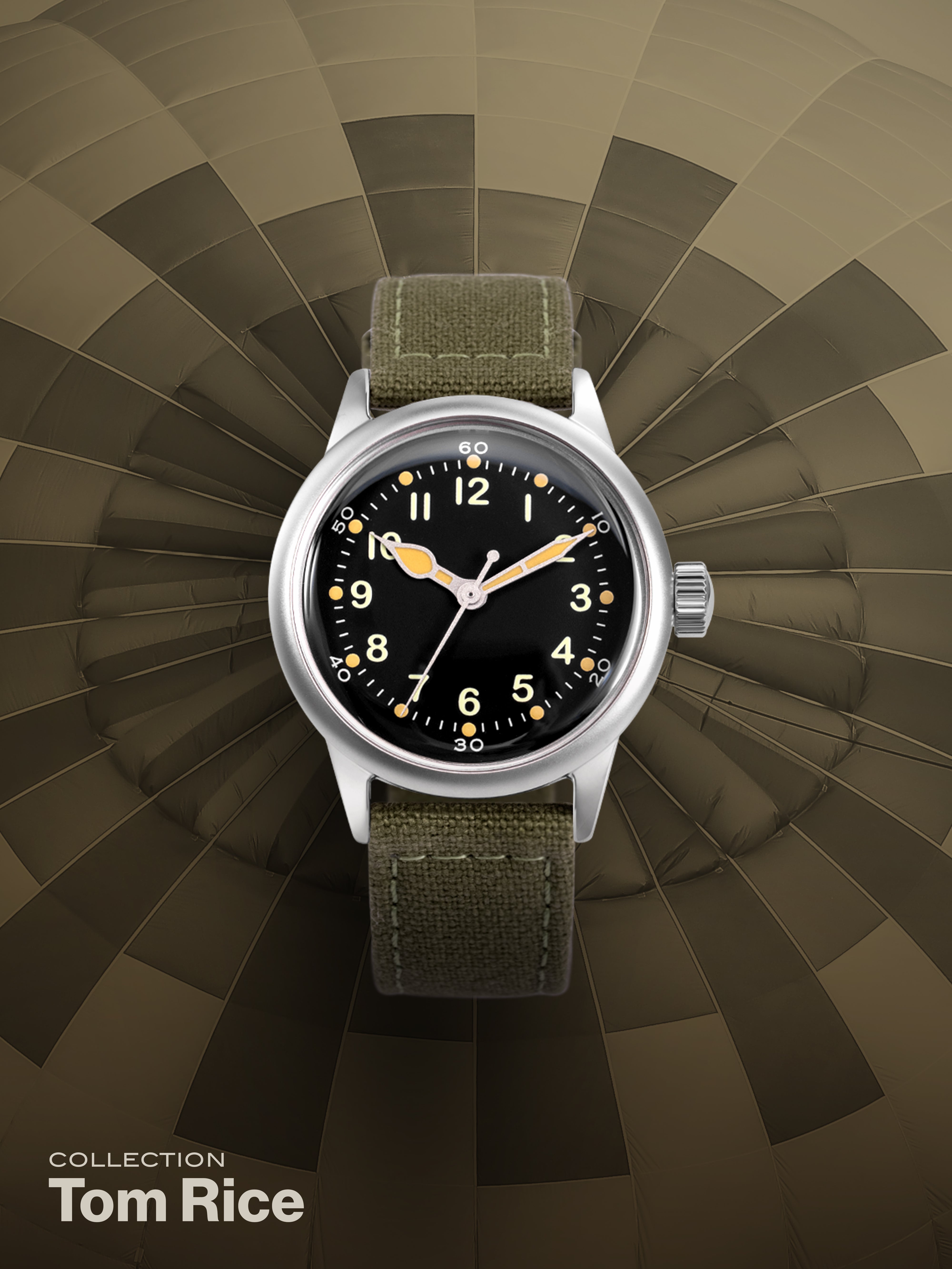
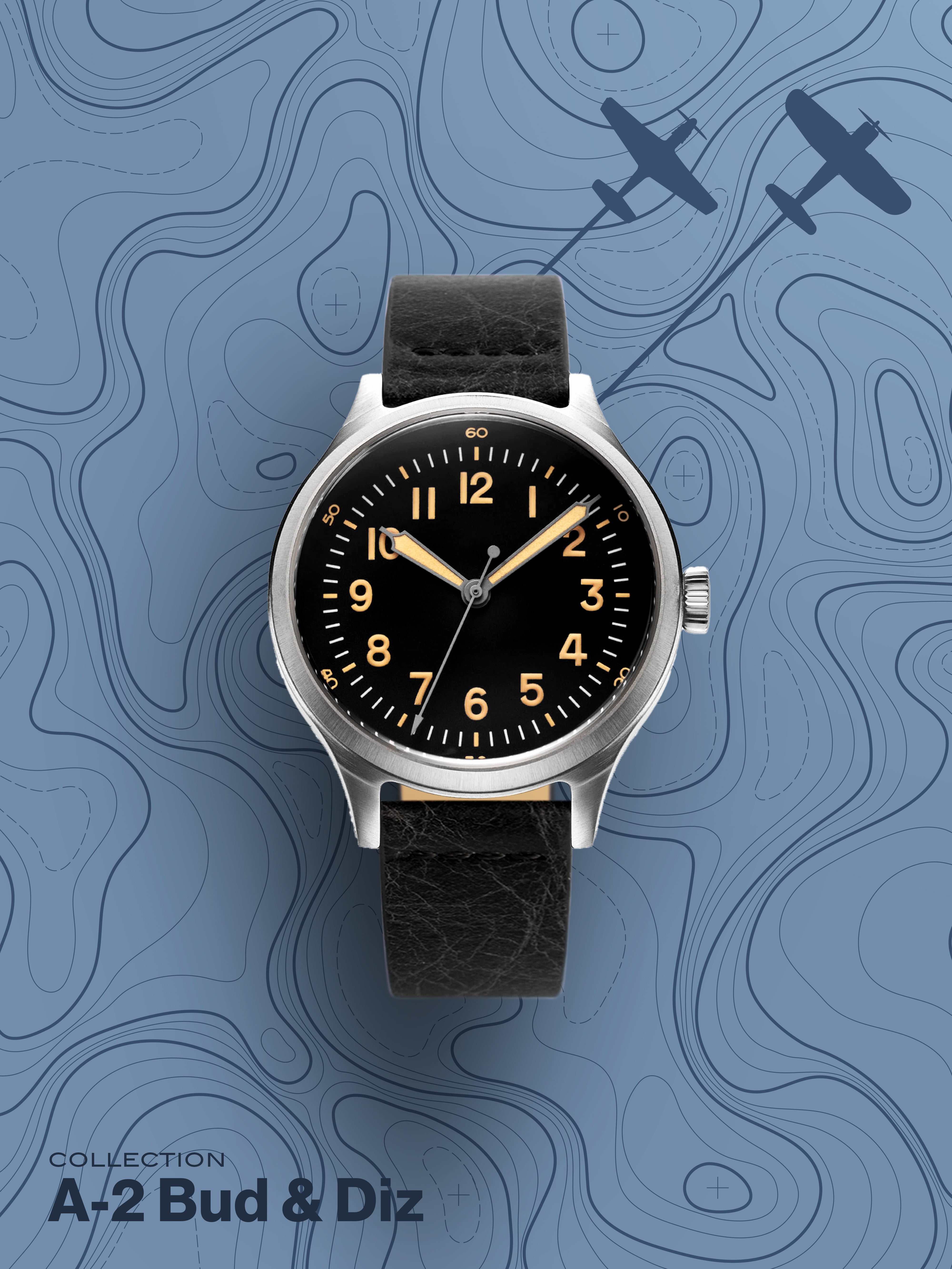
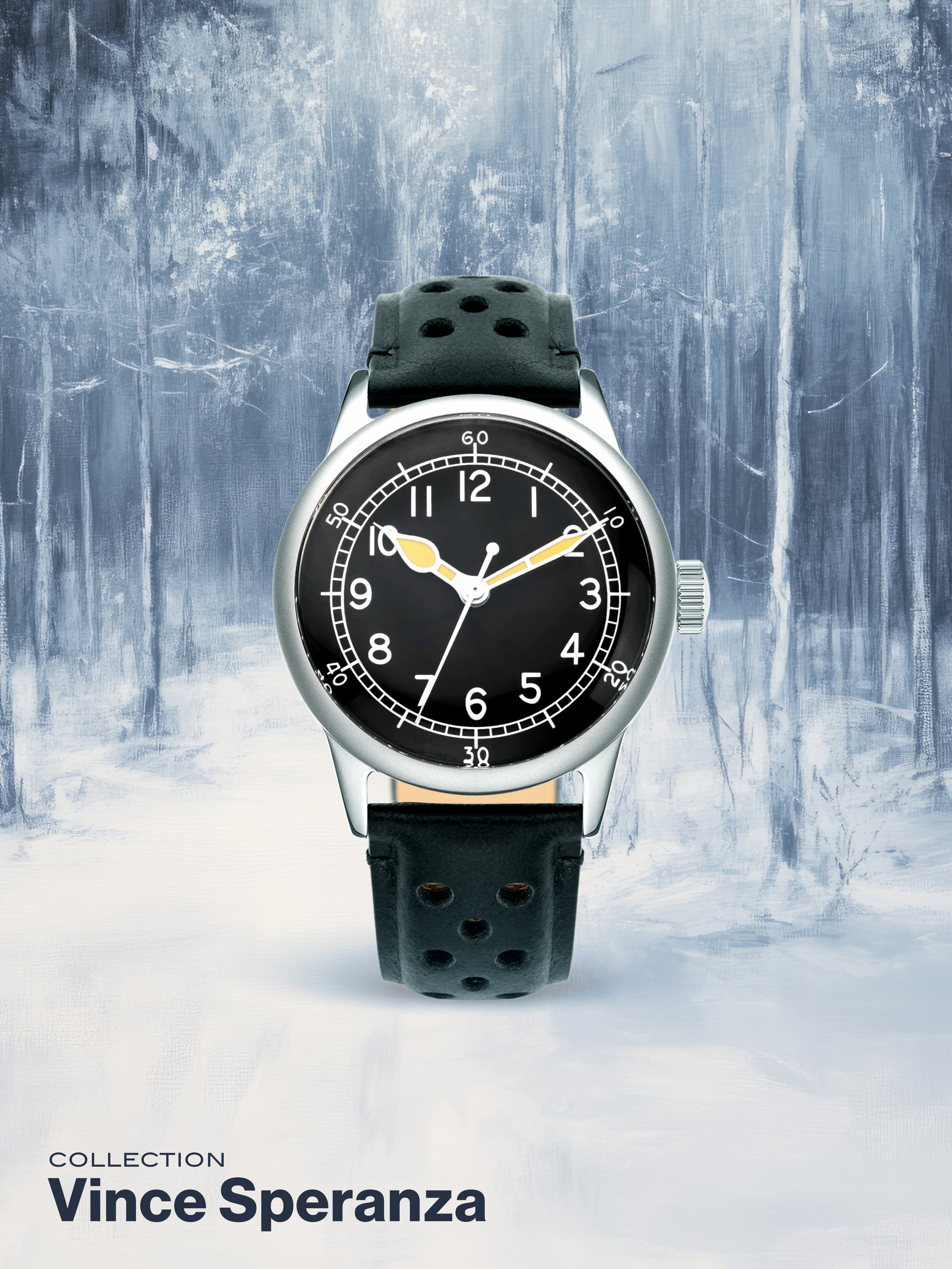
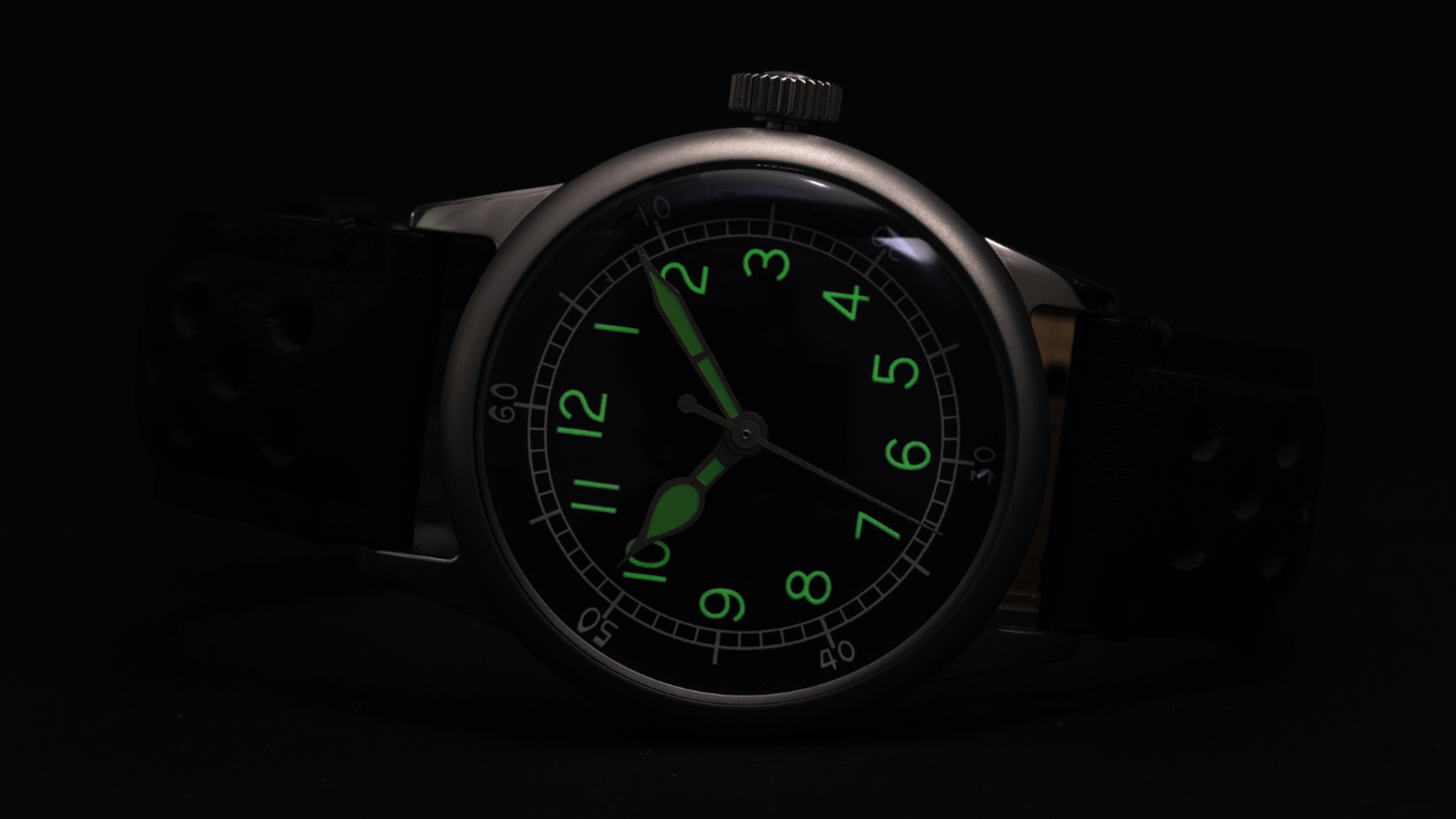

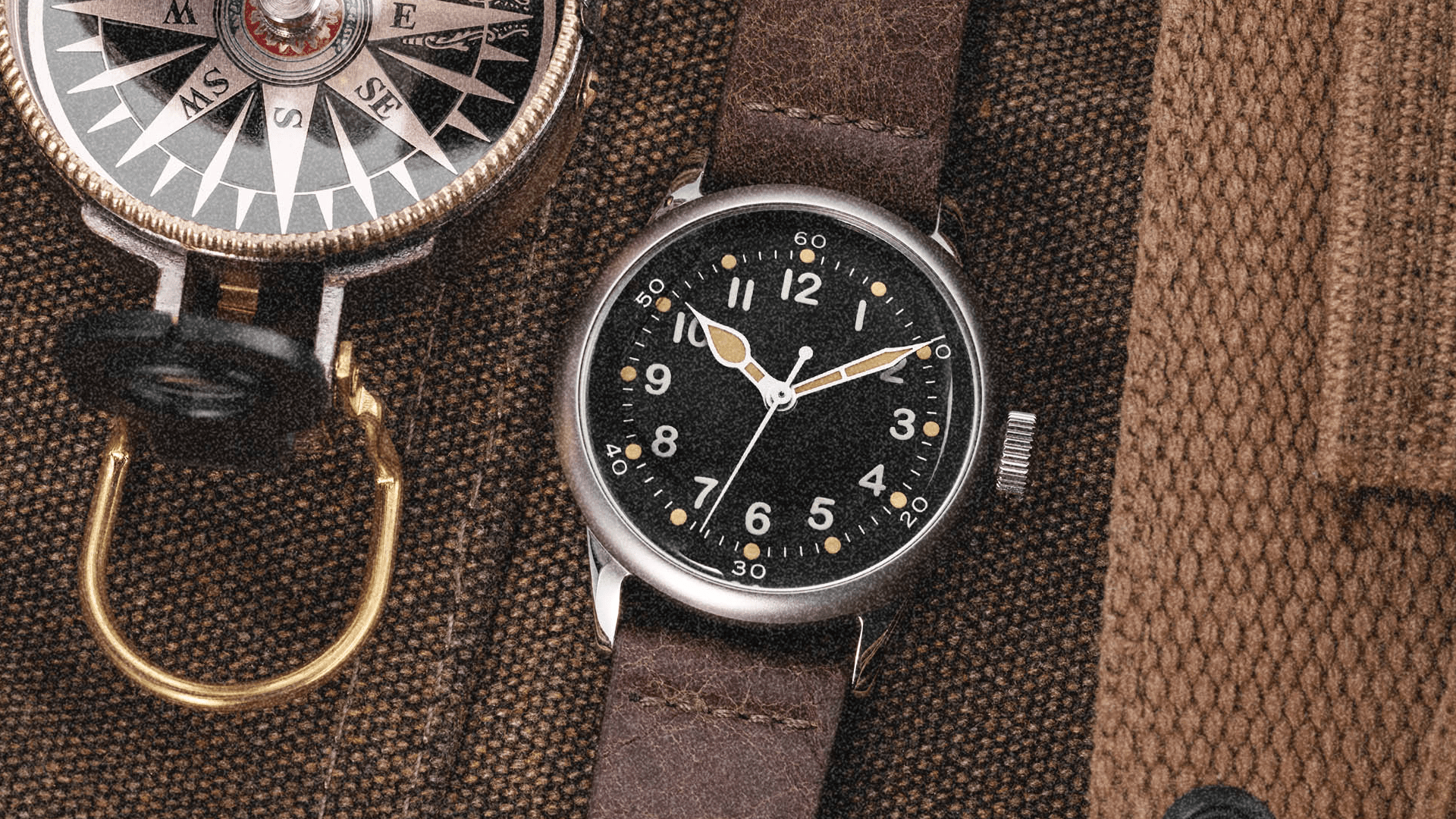
Leave a comment
This site is protected by hCaptcha and the hCaptcha Privacy Policy and Terms of Service apply.